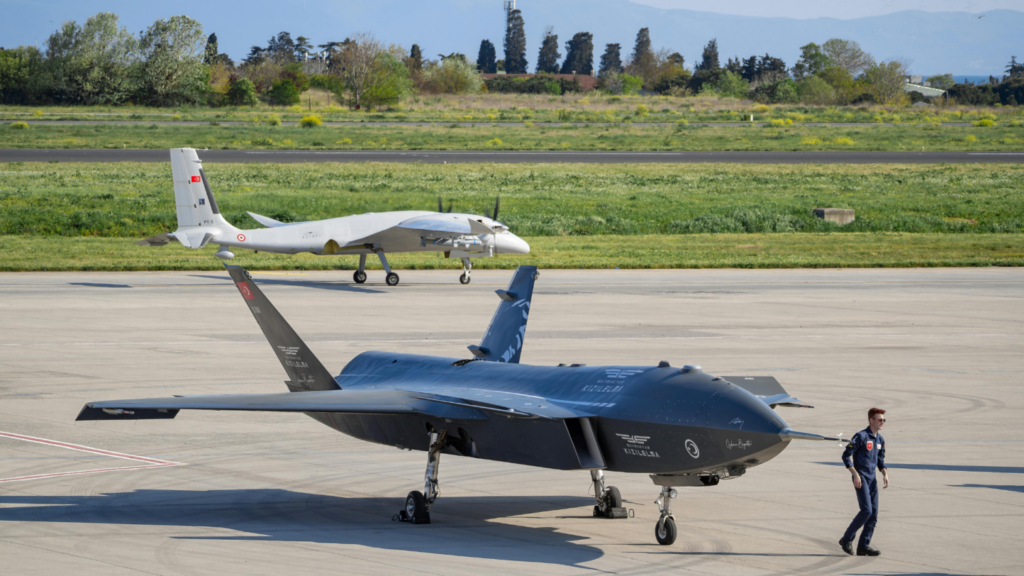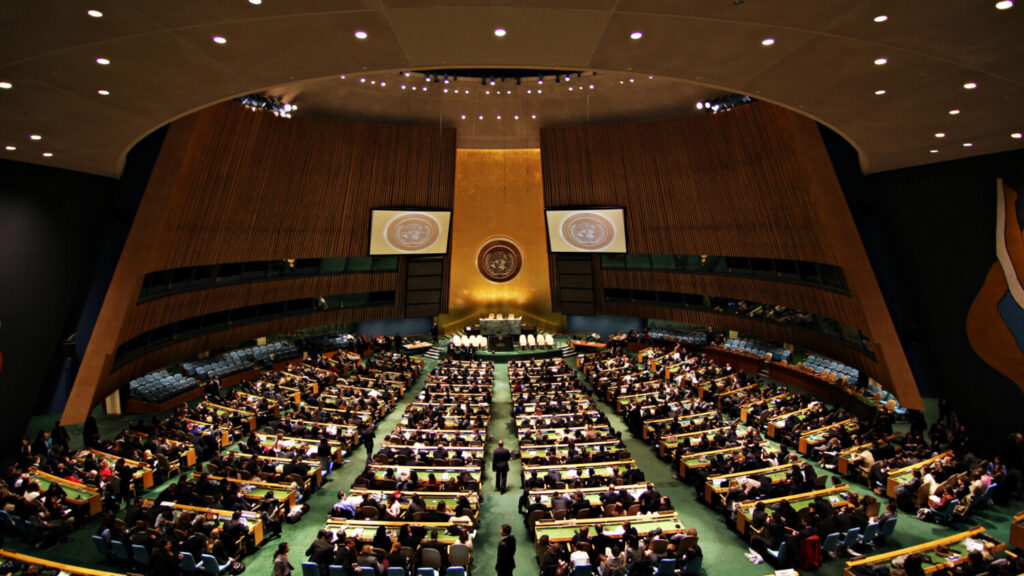The Strait of Hormuz: A Key Point for Global Energy and Security
The Strait of Hormuz is a critical maritime corridor connecting the Persian Gulf to global markets, carrying nearly one-fifth of the world’s oil exports. Amid recent tensions between the US and Iran, this narrow waterway has become a geopolitical flashpoint with significant implications for energy security, regional power dynamics, and global economic stability. This article explores the historical, economic, and strategic importance of the Strait and the risks and alternatives shaping its future.
Over a month ago, President Trump authorized bombing strategic targets in Iran designed to cripple Iranian nuclear facilities. Iran’s military response and the brief escalation between the two nations in Qatar, where a U.S. military base is located, brought the global spotlight to the Strait of Hormuz. This article aims to provide a contextual understanding of the Strait’s geopolitical and economic significance.
The Strait of Hormuz is located within the Persian Gulf and, since the ancient Mesopotamian era, has been a vital maritime hub for trade toward the Horn of Africa and across into the Indian Ocean. Regional trade grew under the colonial reign of the Portuguese and British, during which shipping routes enhanced both imported and exported agricultural goods and allowed the region to grow economically (Evans, 2025). Once oil was discovered across the Middle East, including in the Persian Gulf states, the Strait became an even more important trade corridor (Britannica, 2025).
With export shipments reaching over 20 million barrels a day through the Strait, and the total value of trade going through the Persian Gulf region approximately 1.2 trillion USD, this represents nearly 20 percent of global container shipments, carrying 19 percent of natural gas and 15 percent of petroleum products (Business Desk Today, 2025). The wealth brought back to the Persian Gulf states enabled rapid economic development of the region.
Given that the Strait of Hormuz is the sole maritime route from the Persian Gulf to the ocean, in terms of importance for maritime trade, it ranks among the world’s most strategically vital routes. Furthermore, as the navigable shipping lanes are about 3 kilometers wide in each direction, separated by a 2-kilometer buffer zone, the Strait is also considered a strategic military chokepoint which could potentially be targeted and could subsequently prevent essential oil and other economic goods (Norton, 2025).
Thus, energy security and global oil and gas prices are closely integrated within the region, and access to these resource commodities will influence global prices, which can rise or fall rapidly depending on the evolving context. Iran has invested in a fleet with capable patrol crafts, sea mines, and surveillance systems to monitor the region and, based in Bahrain, the U.S. Fifth Fleet also monitors U.S. security interests. Other Gulf states have developed similar military capacity to ensure the security of their global oil exports.
Iran has previously threatened to close the Strait in retaliation to an incident in the region, or for their national interest such as diplomatic or economic sanctions imposed on Iran. Attacks on oil tankers and seizing goods or vessels by Iran have previously resulted in increased global tensions (Choukeir, Elimam & Harvey, 2024), but has also served as a way for Iran to assert its regional influence.
At present the UAE operates a pipeline that bypasses the Strait which reduces to a degree the risks that could be posed by attacks on shipments across the Strait, but not all countries have this capability (Dunn & Barden, 2025). Investments by countries in the region and global companies to establish liquid and natural gas (LNG) pipelines to transport oil and gas by alternative means have been proposed to avoid this geopolitical chokepoint. This is an efficient and cost-effective alternative to distribute resources for other countries. Establishing pipelines which transit through multiple countries offers an opportunity to develop bilateral relations and negotiations to benefit both parties.
However, these pipelines will not be sufficient to transport the required demand on a global scale, and shifting to pipelines will take several years to develop. Furthermore, pipelines travelling in politically volatile regions are at risk of being targeted and sabotaged, creating environmental and public safety risks should there be a leak (Oilfield Workers, 2025). Any disruption could result in considerable economic losses and instability of the oil and gas resource markets. Therefore, whether transporting oil via ships or through pipelines, both present risks and opportunities.
As the global geopolitical situation continues to be uncertain, proactive governance, strategic market intelligence, and risk analysis can contribute towards the continuation of economic prosperity and growth, and regional security.

Bibliography
- Britannica, 2025. Persian Gulf. Graham Evans. [online] 16 July. Available at: https://www.britannica.com/place/Persian-Gulf [Accessed 6 August 2025].
- Britannica, 2025. Strait of Hormuz. [online] 19 July. Available at: https://www.britannica.com/place/Strait-of-Hormuz[Accessed 6 August 2025].
- Business Today, 2025. Strait of Hormuz tension spikes: How much does India rely on it, and where else can it turn? Business Desk Today, [online] 23 June. Available at: https://www.businesstoday.in/amp/latest/economy/story/strait-of-hormuz-tension-spikes-how-much-does-india-rely-on-it-and-where-else-can-it-turn-481461-2025-06-23 [Accessed 6 August 2025].
- Investors Business Daily, 2025. Strait of Hormuz: Iran considers closing oil chokepoint. Which stocks to watch Monday. Kit Norton. [online] 22 June. Available at: https://www.investors.com/news/strait-of-hormuz-oil-prices-iran-israel-conflict-stock-market/ [Accessed 6 August 2025].
- Al Jazeera, 2019. Why is the Strait of Hormuz so strategically important? [online] 1 July. Available at: https://www.aljazeera.com/economy/2019/7/11/why-is-the-strait-of-hormuz-so-strategically-important [Accessed 6 August 2025].
- Reuters, 2024. Iran seizes oil tanker involved in US-Iran dispute in Gulf of Oman. Jana Choukeir, Ahmed Elimam and Robert Harvey. [online] 15 January. Available at: https://www.reuters.com/business/autos-transportation/uk-shipping-authority-receives-report-vessel-boarded-by-armed-persons-off-oman-2024-01-11/ [Accessed 6 August 2025].
- US Energy Information Administration, 2025. Amid regional conflict, the Strait of Hormuz remains critical oil chokepoint. Candance Dunn and Justine Barden. [online] 16 June. Available at: https://www.eia.gov/todayinenergy/detail.php?id=65504 [Accessed 6 August 2025].
- Oilfield Workers, 2025. Pipeline: Powering energy security. [online] 12 April. Available at: https://oilfieldworkers.com/articles/pipelines-powering-energy-security/?utm_source=chatgpt.com [Accessed 6 August 2025].
- Forbes, 2025. The Strait of Consequences: World braces for potential energy shock. Robert Rapier. [online] 22 June. Available at: https://www.forbes.com/sites/rrapier/2025/06/22/the-strait-of-consequences-world-braces-for-potential-energy-shock/ [Accessed 6 August 2025].



